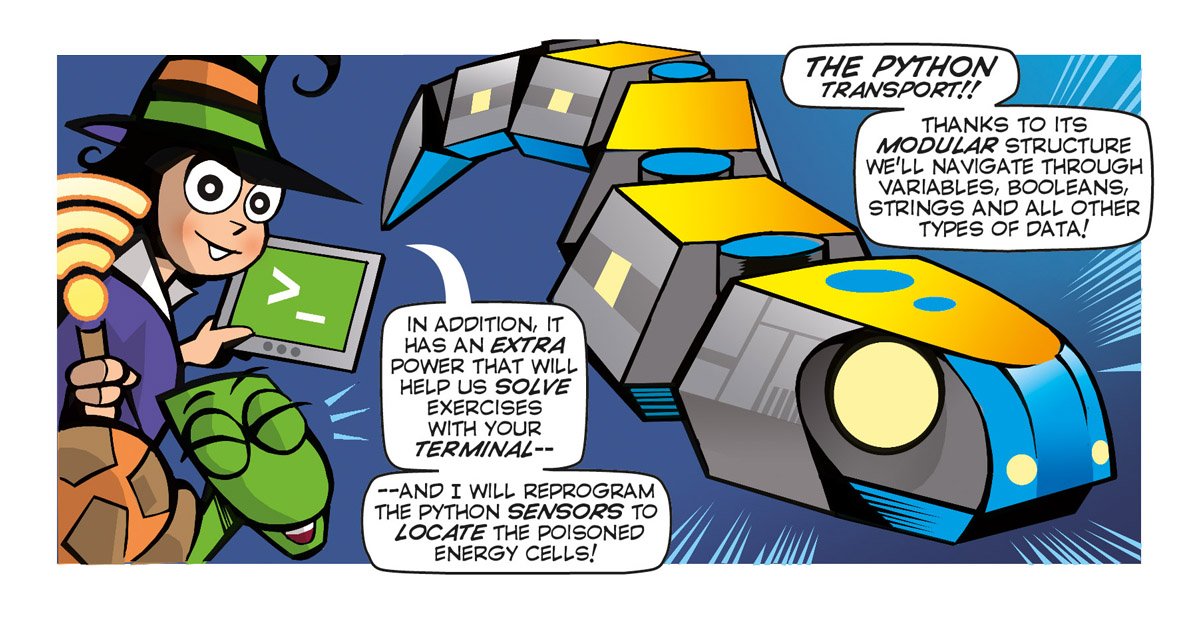Once we decide we want to start learning to code it is normal to have lots of questions about it. What is the best programming language to start learning to code? There are lots of resources, which one should we use? Is it better to read books about programming or watching YouTube videos on how to program with Python? In short, we don’t know what the first steps are to get started in the world of programming. In addition, one of the dangers of being a self-taught coder is that we can overlook important details that we will constantly miss as we move forward and start developing our own projects. Therefore, it is important to define a comprehensive curriculum so we can learn following the most consistent steps.
First of all, we must ask ourselves why we want to learn to program. If we need to know how to program or we need to learn a specific programming language in a very short time for professional reasons, maybe we should try to find a programming bootcamp and enroll in a course for a few weeks or a few months. However, learning to use a programming language is not the same as learning to code. Learning to program requires time and dedication, so if we have long-term aspirations or want to learn so we can enjoy the benefits of programming, we must first establish a strong foundation in programming from which we can start developing computational thinking.
In this sense, we must note once again that learning to code is not only useful for IT professionals but programming helps us to think – and thinking is necessary in any field both in our personal and professional lives. For this reason, instead of focusing on popular programming languages, such as Python or Java, the first step in learning to program is understanding how we should communicate with a computer. And the best way to understand it is by using a programming language created for educational purposes, such as Logo or Scratch.
Logo and Scratch are part of Codelearn starting level, since they help us to establish the necessary bases to understand how computers work and train us to communicate with them. Both languages were thought of as educational tools, although they are very different: Logo, created in the late 1960s, asks us to write commands to move a turtle and draw its path; Scratch, on the other hand, teaches us to program from scratch using visual blocks. We might not find them useful, but they are essential to assimilate some basic knowledge that will help us learning other programming languages.
The basis of programming is problem solving using algorithms. If we do not understand well what algorithms, variables or functions are, among other key concepts, we will be able to learn to write a programming language but we will not acquire the necessary tools to solve problems. Therefore, we will not really know how to program and we will not be able to learn new programming languages easily. Once this basic knowledge has been assimilated, depending on the projects we would like to code, we will choose one type of programming language or another and learn its syntax.
That said, whatever language we choose to start with, learning to program is an activity that requires perseverance and high mental effort. Thus, in addition to the type of content it is also important the way in which it is presented, and a good way to liven up learning is through gamification techniques. In fact, the idea of Logo (which uses a turtle as its player) or Scratch (using a very visual interface and a cat as its main character) already shows an intention to end the idea that programming is difficult.
In this sense, Codelearn goes further and tries to take advantage of gamification benefits: students have to follow the adventures of some characters that they must help through coding exercises in our online platform. The content is presented adding a playful component, a funny story and original characters. Plus, doing the exercises well entails a reward in the form of points that can be exchanged in the Store for objects and avatars, so the platform itself also becomes a game.
If you want to learn to code from scratch with a game-based method, you can do it from home and follow the online Codelearn method. There is no age limit to enroll in our after-school program! Enjoy the 15-day free trial and learn to code progressively with the help of a teacher.

